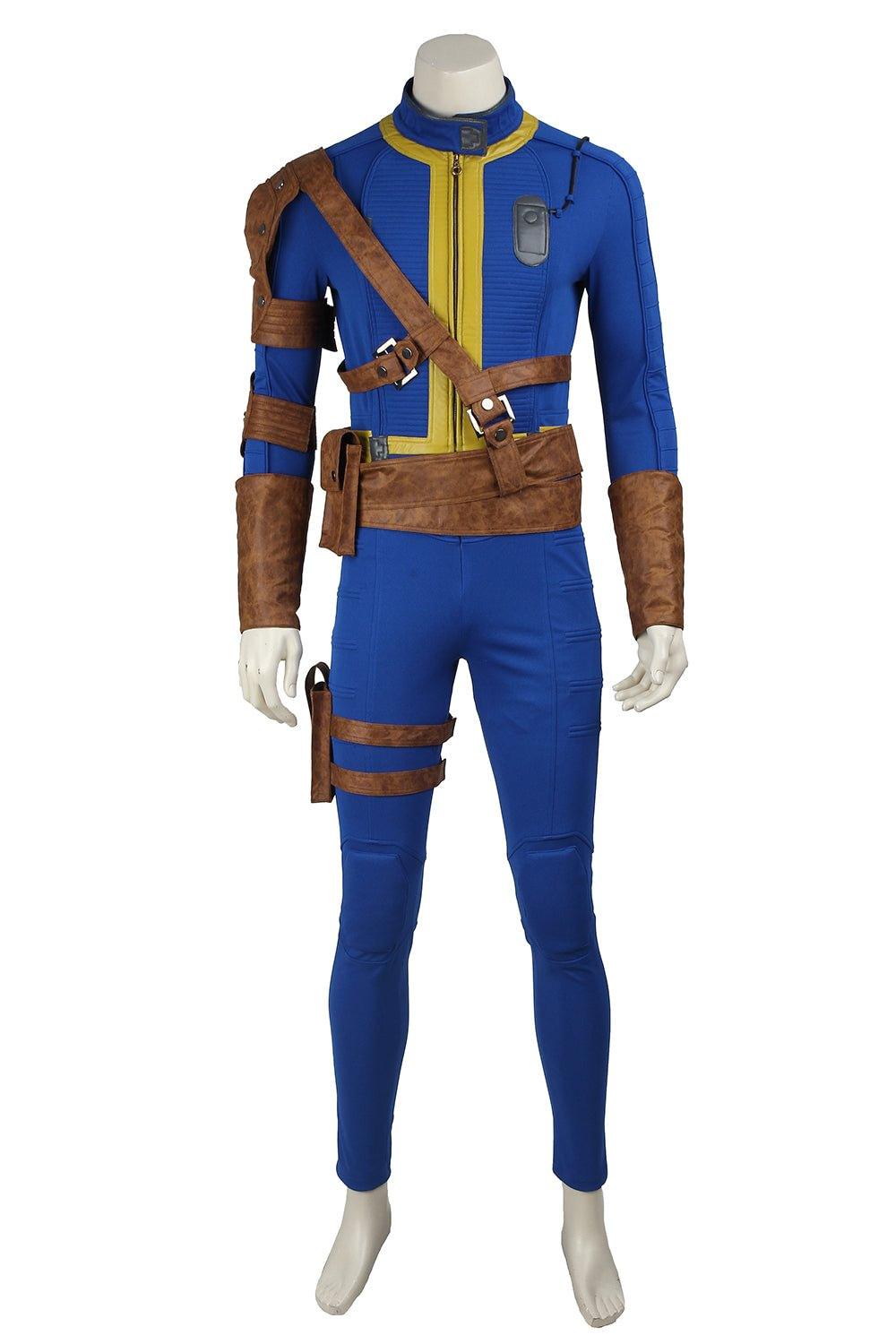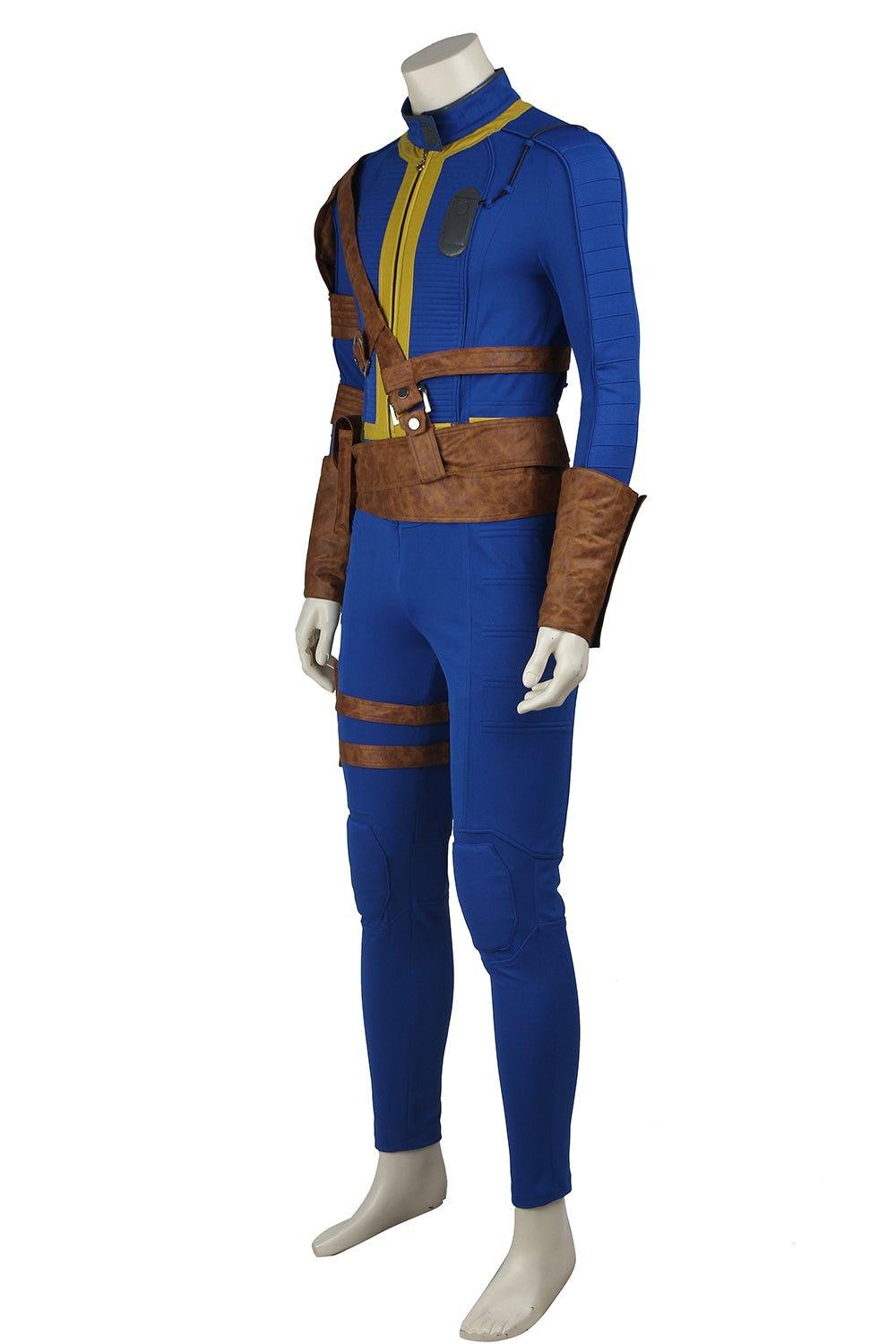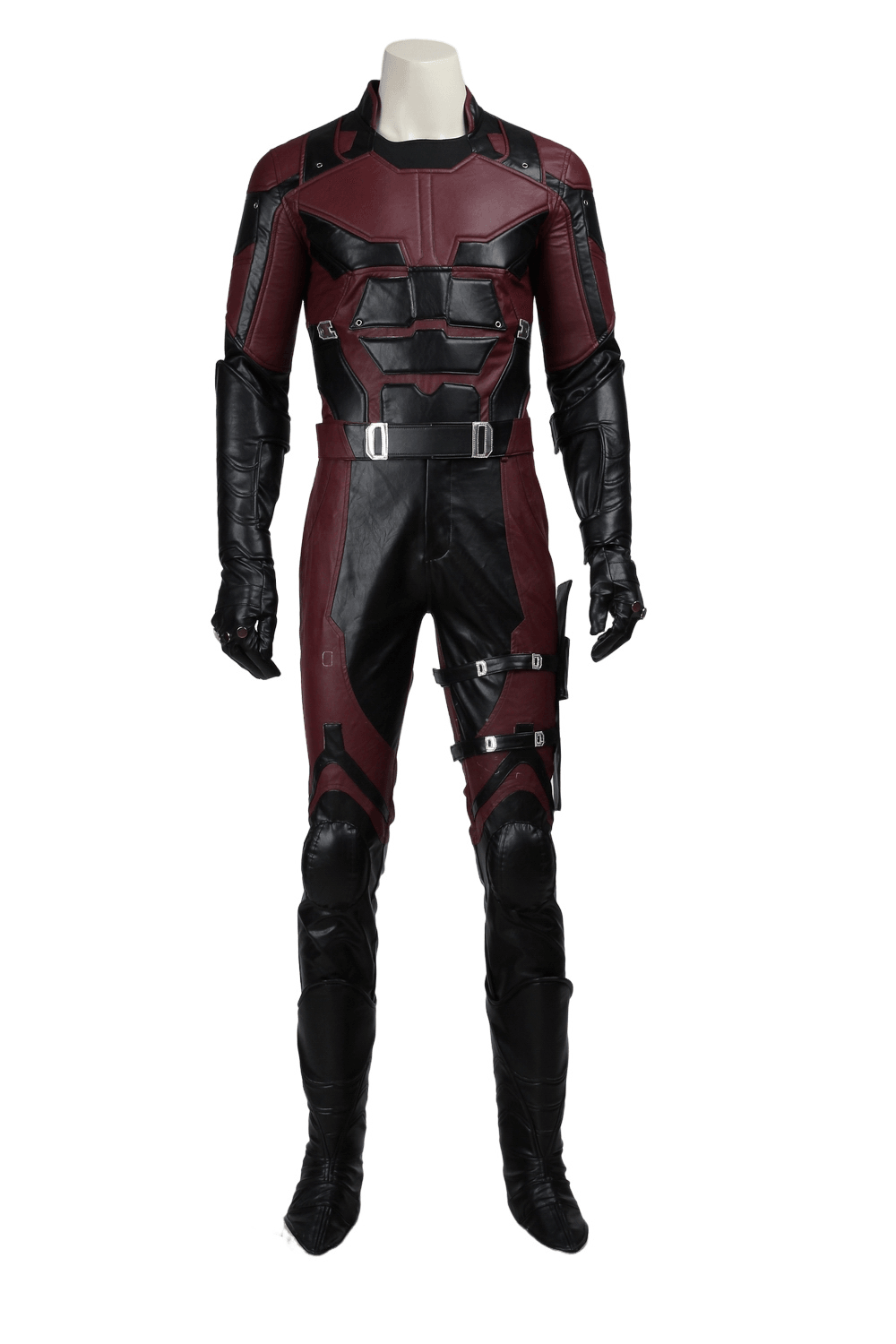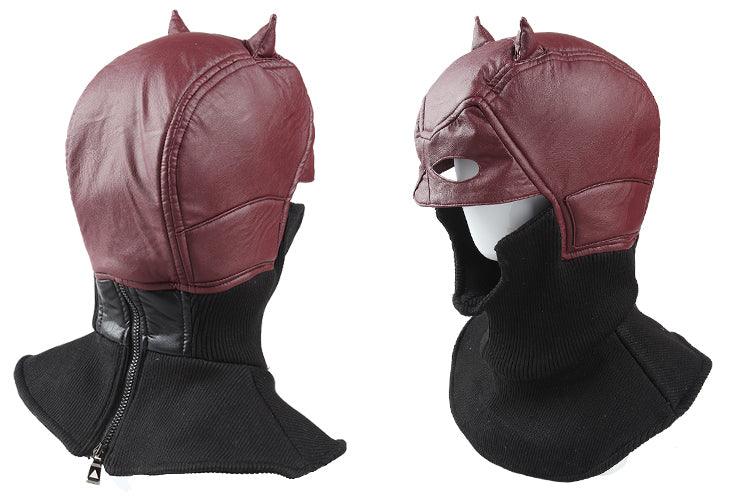Creating a foam cosplay mask can be a rewarding and creative endeavor that allows you to bring your favorite characters to life. This guide will walk you through the process step-by-step, ensuring you have all the information you need to craft a high-quality mask.
Materials and Tools
Before you begin, gather the following supplies:
-
EVA foam (5mm thickness is commonly used)
-
Scissors and a sharp craft knife
-
Heat gun or hair dryer
-
Contact glue and hot glue
-
Acrylic paints (colors depending on your character)
-
White glue (for priming)
-
Elastic band (for securing the mask)
-
Cutting mat
-
Masking tape
-
Mod Podge (for sealing)
-
Mannequin wig head (optional but helpful)
-
Tracing paper, **pencil**, and marker
Step-by-Step Instructions
1. Gather Supplies
The first step is to gather all the necessary materials and tools. EVA foam is the primary material used for cosplay masks due to its flexibility, durability, and ease of use. Ensure you have a sharp knife and scissors for cutting the foam, and a heat gun or hair dryer for shaping it. Adhesives like contact glue and hot glue will be essential for assembling the mask. Acrylic paints will be used for coloring, and white glue will act as a primer. Mod Podge will seal the paint and give the mask a finished look. A mannequin wig head can be very useful for shaping and painting the mask.
2. Design and Cut Out the Shape
Start by designing the mask. If you are familiar with the character, you likely have a good idea of what the mask should look like. Use tracing paper to sketch the mask design. Once you are satisfied with the design, transfer it onto the EVA foam using a pencil or marker. It is important to draw on the inside of the mask to avoid visible marks on the outside.
Cut out the mask shape using scissors or a craft knife. To ensure symmetry, cut out one side of the mask, fold it over, and use it as a template for the other side. This method guarantees that both sides of the mask will be identical.
3. Mold the Foam
EVA foam sheets are flat, so you will need to mold the foam to fit the contours of your face. Use the heat gun or hair dryer to heat the foam gently. Once heated, the foam becomes pliable and can be shaped. Place the foam on a mannequin head or your own face (with caution) to shape it. Hold the foam in place until it cools and retains the shape.
4. Assemble the Mask
If your mask design includes multiple pieces, use contact glue to assemble them. Apply the glue to both surfaces you wish to bond and let it dry for a few minutes until it becomes tacky. Then press the pieces together firmly. For additional strength, you can use hot glue on the inside seams.
5. Add Details and Embellishments
Once the basic shape of the mask is complete, you can add details and embellishments. Use a craft knife to carve designs or patterns into the foam. You can also add additional foam pieces to create raised areas or features. For intricate designs, consider using thinner foam sheets or foam clay.
6. Prime the Mask
Before painting, prime the mask with white glue. Mix the white glue with a little water to create a smooth, spreadable consistency. Apply several thin layers of this mixture to the mask, allowing each layer to dry completely before adding the next. This step seals the foam and creates a smooth surface for painting.
7. Paint the Mask
Once the primer is dry, you can paint the mask using acrylic paints. Choose colors that match your character. Apply the paint in thin layers, allowing each layer to dry before adding the next. This method ensures an even and vibrant finish. Use fine brushes for detailed areas and larger brushes for broad sections.
8. Seal the Paint
After the paint has dried, seal the mask with Mod Podge. This step protects the paint and gives the mask a finished look. Apply a thin, even coat of Mod Podge and let it dry completely. You can apply multiple coats for added durability.
9. Attach the Elastic Band
To wear the mask, attach an elastic band. Punch small holes on both sides of the mask, near the edges. Thread the elastic band through the holes and tie knots to secure it. Adjust the length of the elastic to ensure a comfortable fit.
10. Final Touches
Inspect the mask for any final touches. Make sure all the paint is even, the details are clear, and the mask fits comfortably. If needed, make any adjustments to the shape or fit.
Tips and Tricks
-
Practice Makes Perfect: If you are new to working with EVA foam, practice on small pieces before starting your mask. This practice will help you get a feel for cutting, shaping, and gluing the foam.
-
Safety First: When using a heat gun or hair dryer, be cautious to avoid burns. Always work in a well-ventilated area when using adhesives and paints.
-
Use Reference Images: Keep reference images of your character handy. These images will guide you in creating accurate details and colors.
-
Take Your Time: Rushing can lead to mistakes. Take your time with each step to ensure the best results.
-
Experiment with Textures: Consider adding textures to your mask using different techniques, such as stippling with a brush or using textured rollers.
Conclusion
Creating a foam cosplay mask is a fun and creative process that allows you to bring your favorite characters to life. By following these detailed steps and using the right materials and tools, you can craft a high-quality mask that will be the highlight of your cosplay. Whether you are a seasoned cosplayer or a beginner, this guide provides all the information you need to get started. Happy crafting!
Additional Resources
For more inspiration and tutorials, you can visit websites like CrazyCosplay.com and Rank No.1. These sites offer a wealth of information on cosplay techniques, materials, and designs. Additionally, YouTube channels like Sylph Cosplay provide video tutorials that can be very helpful for visual learners.






